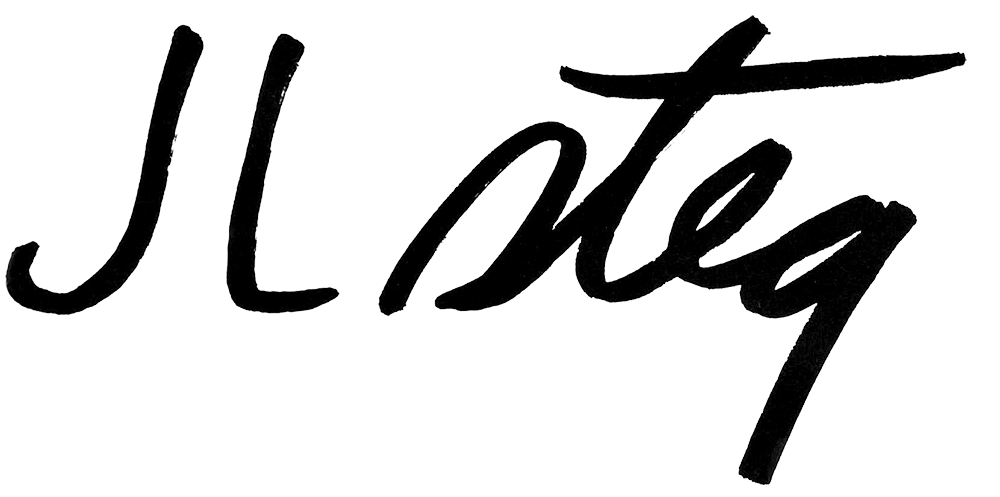The Ghost Army of World War II
Selected works by Jim Steg created during WWII
The Ghost Army Art Collection includes art reflecting the young artist’s unique experience in WWII. The collection includes a series of heartfelt portraits in ink, charcoal, and water color as well as landscapes. The work reflects a deep Humanism undeterred by the horrors of war. It enabled him to keep his balance as he recorded beauty in the countryside of Normandy. Some portraits of friends are smiling. The Russian refugees, drawn in Luxembourg at the end of the war, look intensely at the artist and therefore the viewer. This experience had an incalculable effect on the rest of Jim’s life.
Inflatable tank designed by the Ghost Army, WWII
Jim joined the Army’s 23rd Headquarters Special troops. Far from typical soldiers, all volunteered leaving various art schools. They were talented visual artists, actors, and stage designers. They outfoxed the enemy wearing hand-painted badges of other units, sending radio transmissions, and staging inflatable tanks with faked tracks. The German soldiers would be convinced of the location of a major presence of troops, only to attack an empty field. It was the Germans who named them: the Ghost Army.
Their tactics were kept top secret for over fifty years because they were so effective. Steg and his comrades designed and staged inflatable tanks and other artillery for German reconnaissance planes to “discover.” They pre-recorded audios and blared them across enemy lines through camouflaged speakers mounted on jeeps, while the troops safely crossed the Rhine river miles away.
Corporal Jim Steg's Army portrait
They drew, painted, and sketched whenever they found a moment. Jim kept his art under the seat of the large truck that he drove and maintained. He learned these skills on his father’s dairy farm where he had the responsibility of a tractor at a young age. Cars were a luxury in the 40’s, so most of his comrades did not know how to drive.
Between deployments, the soldiers staged art shows in makeshift venues. One was a bombed church. Jim hand-lettered the announcements and descriptions of the shows. These one-of-a-kind posters were placed in front of the buildings to invite the village.
At the end of the war, Jim’s unit was stationed in Luxembourg. There they were assigned to care for a group of Russian refugees. They left to escape Stalin's tyranny. Most of these people had contributed to the efforts of our allies by working in factories. Some were quite old, some quite young. They were confined to comfortable facilities. Jim did their portraits. He asked each to sign the finished work with him. Their great risk is conveyed on each face. They were receiving dire warnings from their community still living in Russia not to return as they would be killed. They begged the Ghost Army members to help them not to be sent back. Jim and his colleagues communicated this to many resources. However in vain. Russia was our ally in WWII. Stalin wanted them returned. They were sent back on a train against their will. All were executed immediately as they re-entered Russia. Jim was never able to verbalize this. He had said all he could in those haunting portraits.
On returning to the United States, Steg and his comrades established themselves as notables in the art world. As a graduate student at University of Iowa, the Metropolitan Museum of Art and the Fogg Museum of Harvard purchased the portrait that he printed from his engraving plate. He taught at Cornell and Tulane University. Museums worldwide continued to collect his prints. He invented the collagraph. His many students are quick to say how meaningful his mentorship was for them.
Other Ghost Army comrades had distinguished careers. To name a few: fashion designer Bill Blass; Abstract Expressionist, Ellsworth Kelly; photographer, Art Kane; and industrial designer, Jack Massey.
The Ghost Army unit saved innumerable lives. However, their heroism was just recently acknowledged. Their work was declassified in 1996. A wave of books and documentaries followed. Notably, Rick Beyers’ film documentary and book.
On March 21, 2024, Congress of the United States awarded the Ghost Army its highest honor, the Congressional Gold Medal of Honor. This is Congress’s highest expression of national appreciation for distinguished achievements. It was held at the Capitol building in Washington, DC.
















